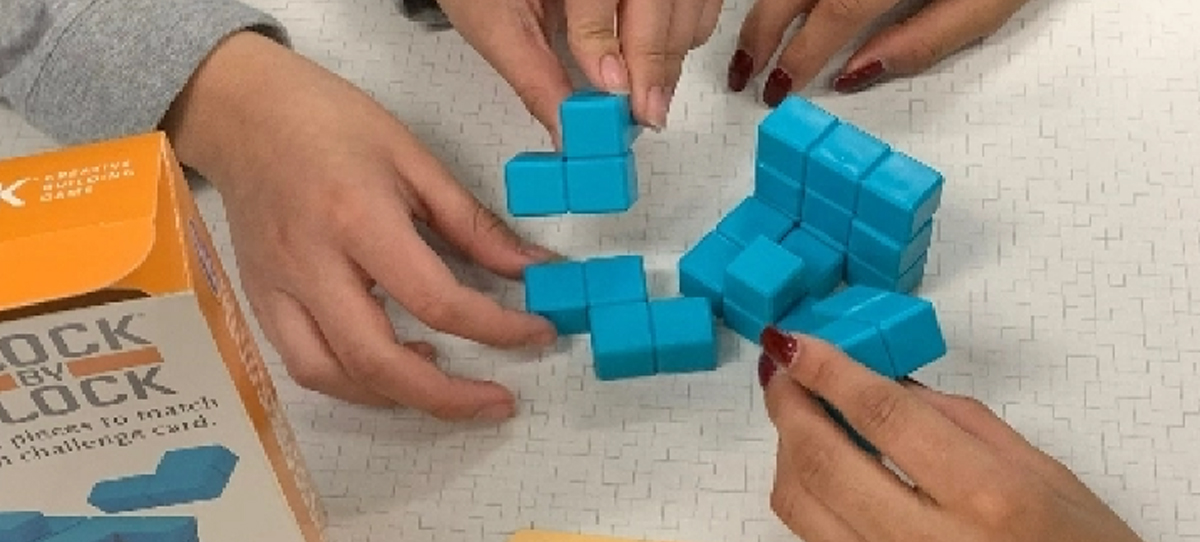Curriculum Supporting Material
Use of Games in Education
Logic and intuition tell us that there is a connection between play and learning. We see it every day with instinctual interactions in the animal kingdom (i.e., learning to hunt, learning how to forage for food, learning how to protect yourself from prey). Researchers have been studying the connection between play and learning in humans for years. How can board and strategy games contribute to the early elementary student learning? Games can easily accommodate different learning styles visual, auditory and kinesthetic. “Well designed games create an engaging atmosphere, provide a nonthreatening, playful, yet competitive environment in which to focus on content and reinforce and apply learning. Mistakes are useful and point out what we need to learn.” Children learn best when they are engaged and invested in the subject.
Some students are naturally curious and engage in learning opportunities without much urging from parents and teachers. These students are identified and given additional challenges to foster their innate inquisitiveness. Other students are not self-motivated and do not seek out opportunities to learn; but, learn well when actively engaged by parents, teachers and peers. Could the use of board and strategic games spark the desire for learning for students who would not otherwise qualify for a Gifted and Talented program? Research suggests that specific training for critical thinking skills, insight and spatially enriched education can improve competence in these area allow for higher level of learning.
A goal of 21st Century education is to map curriculum to learning standards that challenge students to increase their aptitude for analytical, logical and critical thinking. According to Bloom’s Taxonomy, the main objectives of critical thinking are: knowledge, comprehension, application, analysis, evaluation and creation/systhesis. Critical, analytical and logical thinking skills are essential for long-term success. These skills can be difficult to teach in a meaningful way that allows young students to internalize the lessons. Incorporating play into learning these complicated skills is an engaging and motivating way to encourage learning. In 21st Century learning, games can be used: to develop new knowledge, to make real-world connections, to create strategies to draw conclusions, to collaborate with others, to develop leadership skills and to motivate students to improve their skills.
